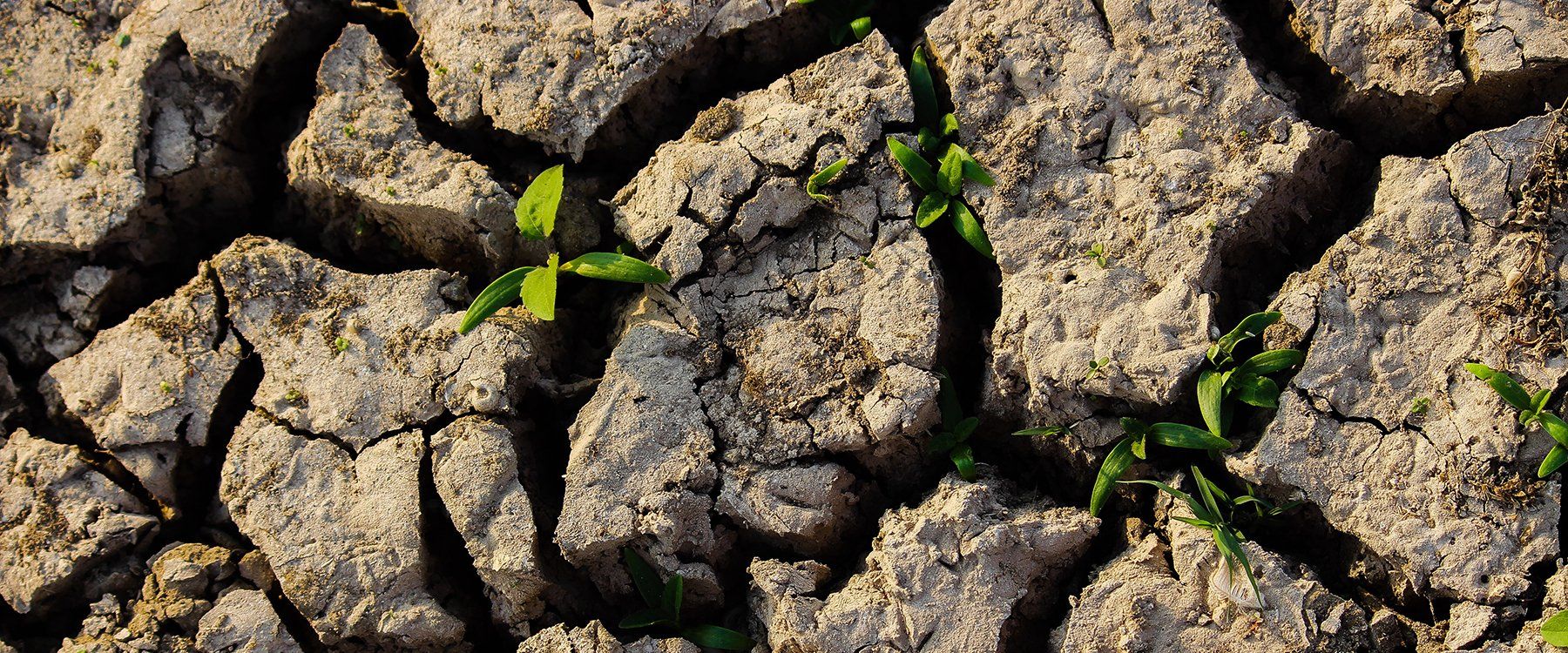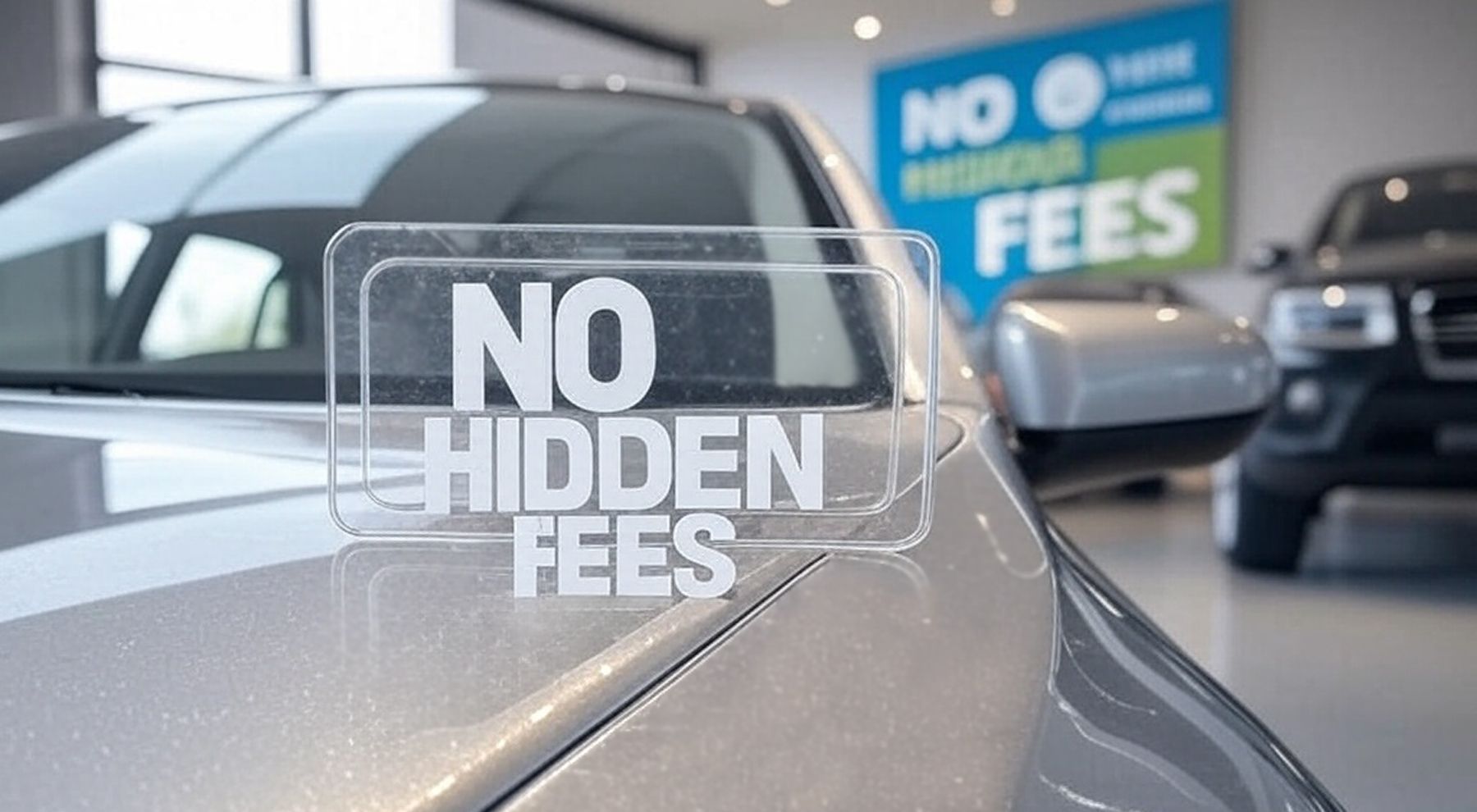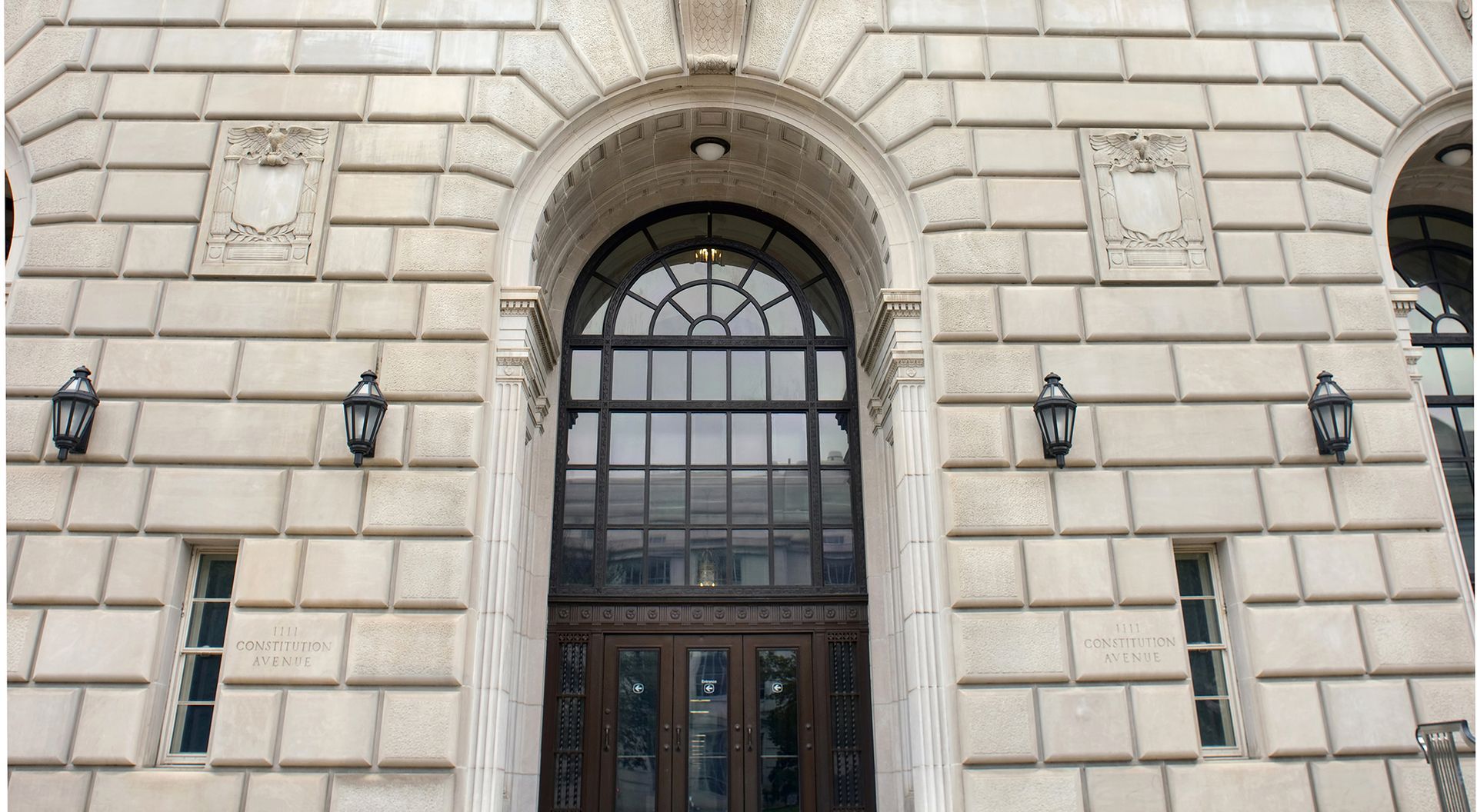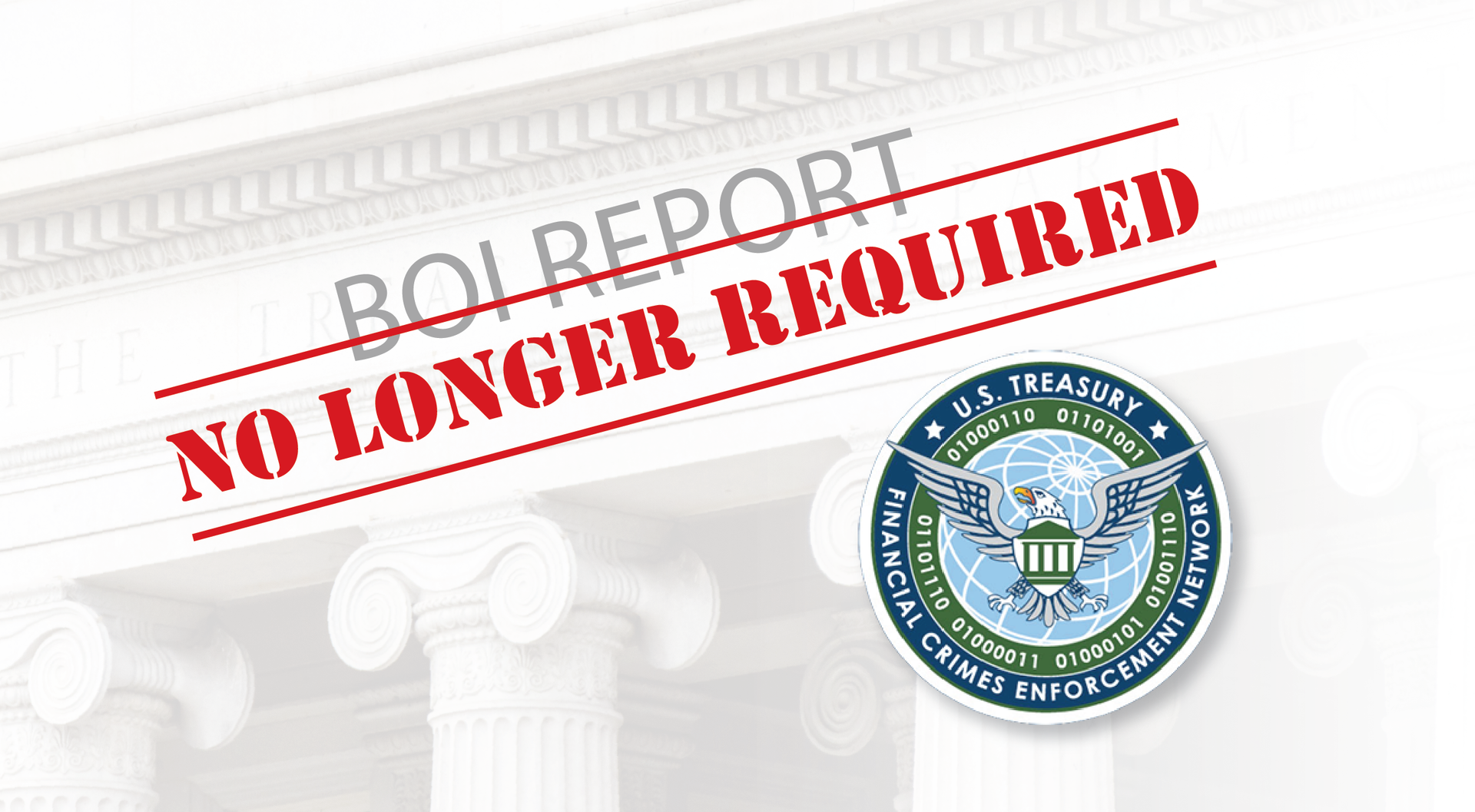Environmental Assessments – Why you need one when purchasing property

What you don’t know can hurt you.
In response to decades of questionable hazardous waste management practices, the United States Environmental Protection Agency (EPA) enacted the Comprehensive Environmental Response, Compensation and Liability Act (CERCLA) in 1980. CERCLA’s purpose is to identify sites where hazardous materials threaten the environment and public health as a result of leakage, spillage, or general mismanagement. Under CERCLA, a property owner, property manager, lessor, or lender can be liable, by virtue of property ownership or control, for remediation of hazardous substances in the soil and/or groundwater underlying a site, even if the property owner did not cause or contribute to the contamination. To avoid this potential liability, anyone purchasing commercial or industrial property should complete a Phase I Environmental Site Assessment as part of their due diligence. In fact, most lenders, if the purchaser is obtaining financing to purchase property, will require a Phase I Environmental Assessment as part of the loan approval process. So long as they do this and no environmental issues are noted, then a purchaser has established an “Innocent Landowner Defense” if issues are later found.
A Phase I site assessment is typically ordered from an environmental firm that specializes in doing such assessments. Their Phase I investigation will involve a review of property records dating back as early as 1940, and a site inspection to observe current and past conditions and uses of the property and nearby properties. A Phase I investigation will also include interviews with the owners, occupants, neighbors, and local government. This helps the firm preparing the report to determine whether there are underground storage tanks on the property, or whether there might be contamination from on-site activities or from activities on a neighboring property. Even environmental contaminants at a property that does not directly neighbor the relevant property can make their way there. It is important to know about nearby sites that have documented releases or have “high risk” uses, like dry-cleaners, auto repair shops, gas stations, or manufacturing facilities. Even if a purchaser will not be responsible for the contamination on other properties, they still need to know about the impact on the property they may be purchasing, as it could pose a health threat or cause big problems when they try to resell the property.
Regardless of whether the property has been residential for 20-30 years, if a purchaser wants to avoid any sort of potential liability under CERCLA, they should get a Phase I site assessment. Forty years ago, environmental regulations were different and releases often went unreported. While the cost varies for these assessments, depending on the location and characteristics of a property, they usually are in the range of $1500-$300. However, in the long run, it is like paying a one-time premium for insurance that a purchaser is not assuming someone else’s problem.
If the Phase I assessment notes that there are potential issues, a purchaser, if still interested, can also request a Phase II environmental assessment to verify whether there are contaminants. This is much more costly – but involves taking actual soil and groundwater samples. Depending on the type of property, a Phase II site assessment can cost anywhere from $5,000 to $100,000. In the long run though, if the property is truly desirable for other reasons, this may be well worth the cost and can provide peace of mind or prevent you from walking into a massive remediation expense.
If you have questions about this or other issues that may arise with property ownership, contact the Real Estate attorneys at Lavelle Law, Ltd. for your complimentary one-hour consultation at (847) 705-7555.
More News & Resources
Lavelle Law News and Events











